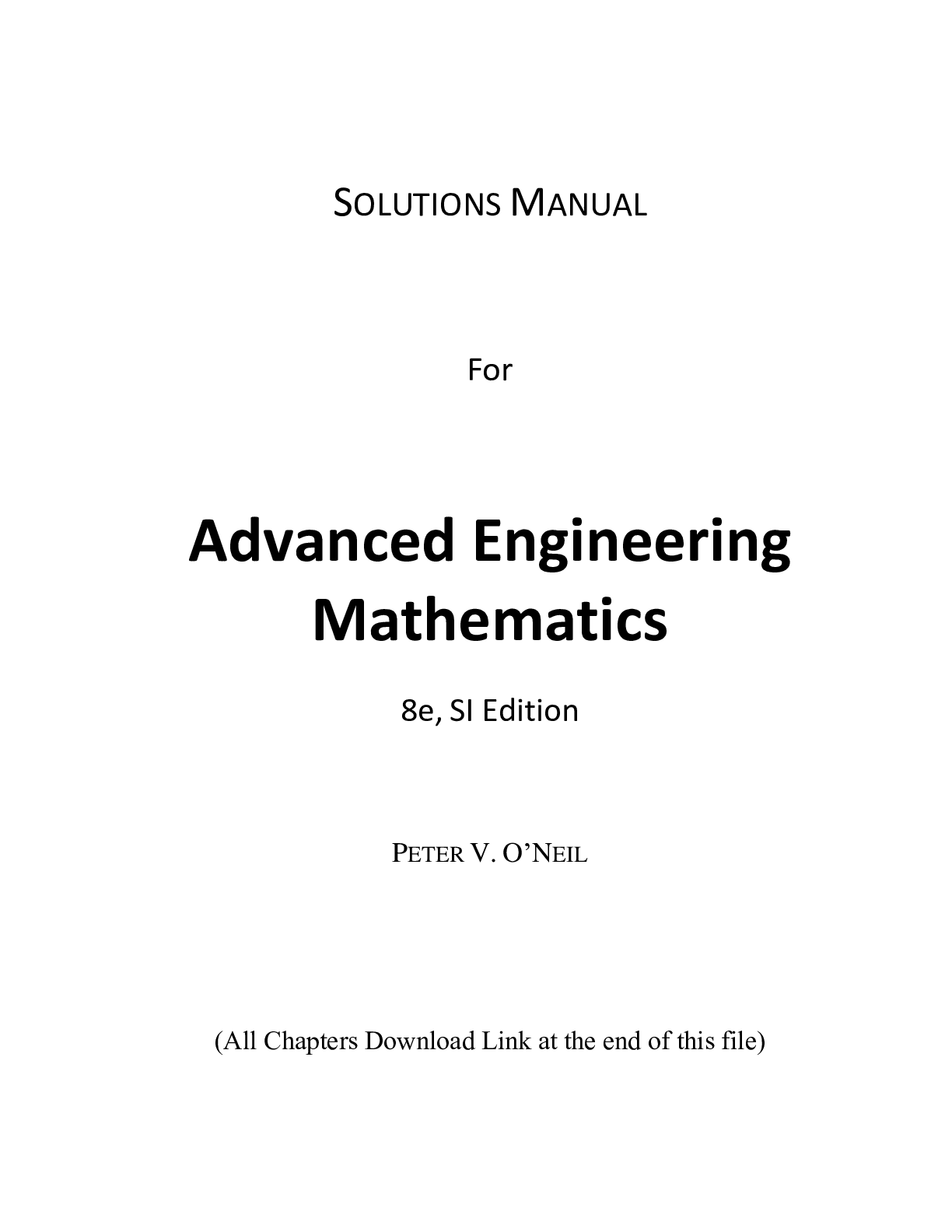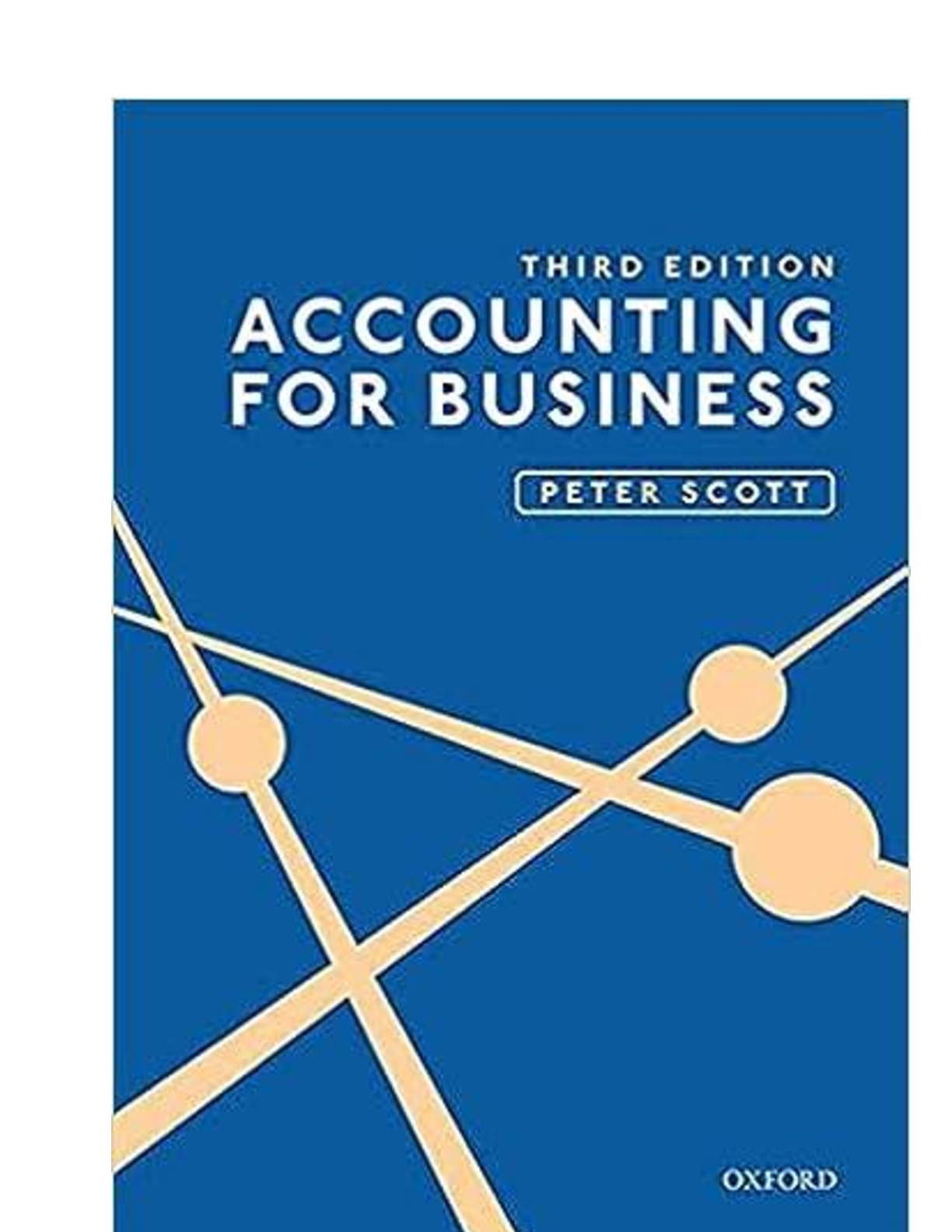Mathematics > SOLUTIONS MANUAL > Solutions Manual for Excursions in Modern Mathematics 10th edition By Peter Tannenbaum (All)
Solutions Manual for Excursions in Modern Mathematics 10th edition By Peter Tannenbaum
Document Content and Description Below
Solutions Manual for Excursions in Modern Mathematics 10th edition By Peter Tannenbaum PART I: SOCIAL CHOICE 1. The Mathematics of Elections: The Paradoxes of Democracy 1.1 The Basic Elements... of an Election 1.2 The Plurality Method 1.3 The Borda Count Method 1.4 The Plurality-with-Elimination Method 1.5 The Method of Pairwise Comparisons 1.6 Fairness Criteria and Arrow's Impossibility Theorem Conclusion Key Concepts Exercises 2. The Mathematics of Power: Weighted Voting 2.1 An Introduction to Weighted Voting 2.2 Banzhaf Power 2.3 Shapley-ShubikPower 2.4 Subsets and Permutations Conclusion Key Concepts Exercises 3. The Mathematics of Sharing: Fair-Division Games 3.1 Fair-Division Games 3.2 The Divider-Chooser Method 3.3 The Lone-Divider Method 3.4 The Lone-Chooser Method 3.5 The Method of Sealed Bids 3.6 The Method of Markers Conclusion Key Concepts Exercises 4. The Mathematics of Apportionment: Making the Rounds 4.1 Apportionment Problems and Apportionment Methods 4.2 Hamilton's Method 4.3 Jefferson's Method 4.4 Adams's and Webster's Methods 4.5 The Huntington-Hill Method 4.6 The Quota Rule and Apportionment Paradoxes Conclusion Key Concepts Exercises PART II: MANAGEMENT SCIENCE 5. The Mathematics of Getting Around: Euler Paths and Circuits 5.1 Street-Routing Problems 5.2 An Introduction to Graphs 5.3 Euler's Theorems and Fleury's Algorithm 5.4Eulerizingand Semi-EulerizingGraphs Conclusion Key Concepts Exercises 6. The Mathematics of Touring: Traveling Salesman Problems 6.1 What Is a Traveling Salesman Problem? 6.2 Hamilton Paths and Circuits 6.3 The Brute-Force Algorithm 6.4 The Nearest-Neighbor and Repetitive Nearest-Neighbor Algorithms 6.5 The Cheapest-Link Algorithm Conclusion Key Concepts Exercises 7. The Mathematics of Networks: The Cost of Being Connected 7.1 Networks and Trees 7.2 Spanning Trees, MSTs, andMaxSTs 7.3 Kruskal's Algorithm Conclusion Key Concepts Exercises 8. The Mathematics of Scheduling: Chasing the Critical Path 8.1 An Introduction to Scheduling 8.2 Directed Graphs 8.3 Priority-List Scheduling 8.4 The Decreasing-Time Algorithm 8.5 Critical Paths and the Critical-Path Algorithm Conclusion Key Concepts Exercises PART III: GROWTH 9. Population Growth Models: There Is Strength in Numbers 9.1 Sequences and Population Sequences 9.2 The Linear Growth Model 9.3 The Exponential Growth Model 9.4 The Logistic Growth Model Conclusion Key Concepts Exercises 10. Financial Mathematics: Money Matters 10.1 Percentages 10.2 Simple Interest 10.3 Compound Interest 10.4 Retirement Savings 10.5 Consumer Debt Conclusion Key Concepts Exercises PART IV: SHAPE AND FORM 11. The Mathematics of Symmetry: Beyond Reflection 11.1 Rigid Motions 11.2 Reflections 11.3 Rotations 11.4 Translations 11.5 Glide Reflections 11.6 Symmetries and Symmetry Types 11.7 Patterns Conclusion Key Concepts Exercises 12. Fractal Geometry: The Kinky Nature of Nature 12.1 The Koch Snowflake and Self-Similarity 12.2 The Sierpinski Gasket and the Chaos Game 12.3 The Twisted Sierpinski Gasket 12.4 The Mandelbrot Set Conclusion Key Concepts Exercises 13. Fibonacci Numbers and the Golden Ratio: Tales of Rabbits and Gnomons 13.1 Fibonacci Numbers 13.2 The Golden Ratio 13.3 Gnomons 13.4 Spiral Growth in Nature Conclusion Key Concepts Exercises PART V: STATISTICS 14.Censuses, Surveys, Polls, and Studies: The Joys of Collecting Data 14.1 Enumeration 14.2 Measurement 14.3 Cause and Effect Conclusion Key Concepts Exercises 15. Graphs, Charts, and Numbers: The Data Show and Tell 15.1 Graphs and Charts 15.2 Means, Medians, and Percentiles 15.3 Ranges and Standard Deviations Conclusion Key Concepts Exercises 16. Probabilities, Odds, and Expectations: Measuring Uncertainty and Risk 16.1 Sample Spaces and Events 16.2 The Multiplication Rule, Permutations, and Combinations 16.3 Probabilities and Odds 16.4 Expectations 16.5 Measuring Risk Conclusion Key Concepts Exercises 17. The Mathematics of Normality: The Call of the Bell 17.1 Approximately Normal Data Sets 17.2 Normal Curves and Normal Distributions 17.3 Modeling Approximately Normal Distributions 17.4 Normality in Random Events Conclusion Key Concepts Exercises Answers to Selected Exercises Credits Index Index of Applications [Show More]
Last updated: 3 months ago
Preview 10 out of 274 pages

Loading document previews ...
Buy this document to get the full access instantly
Instant Download Access after purchase
Buy NowInstant download
We Accept:

Reviews( 1 )

by Tim belcher · 10 months ago
$25.00
Can't find what you want? Try our AI powered Search
Document information
Connected school, study & course
About the document
Uploaded On
Oct 26, 2022
Number of pages
274
Written in
Additional information
This document has been written for:
Uploaded
Oct 26, 2022
Downloads
2
Views
192





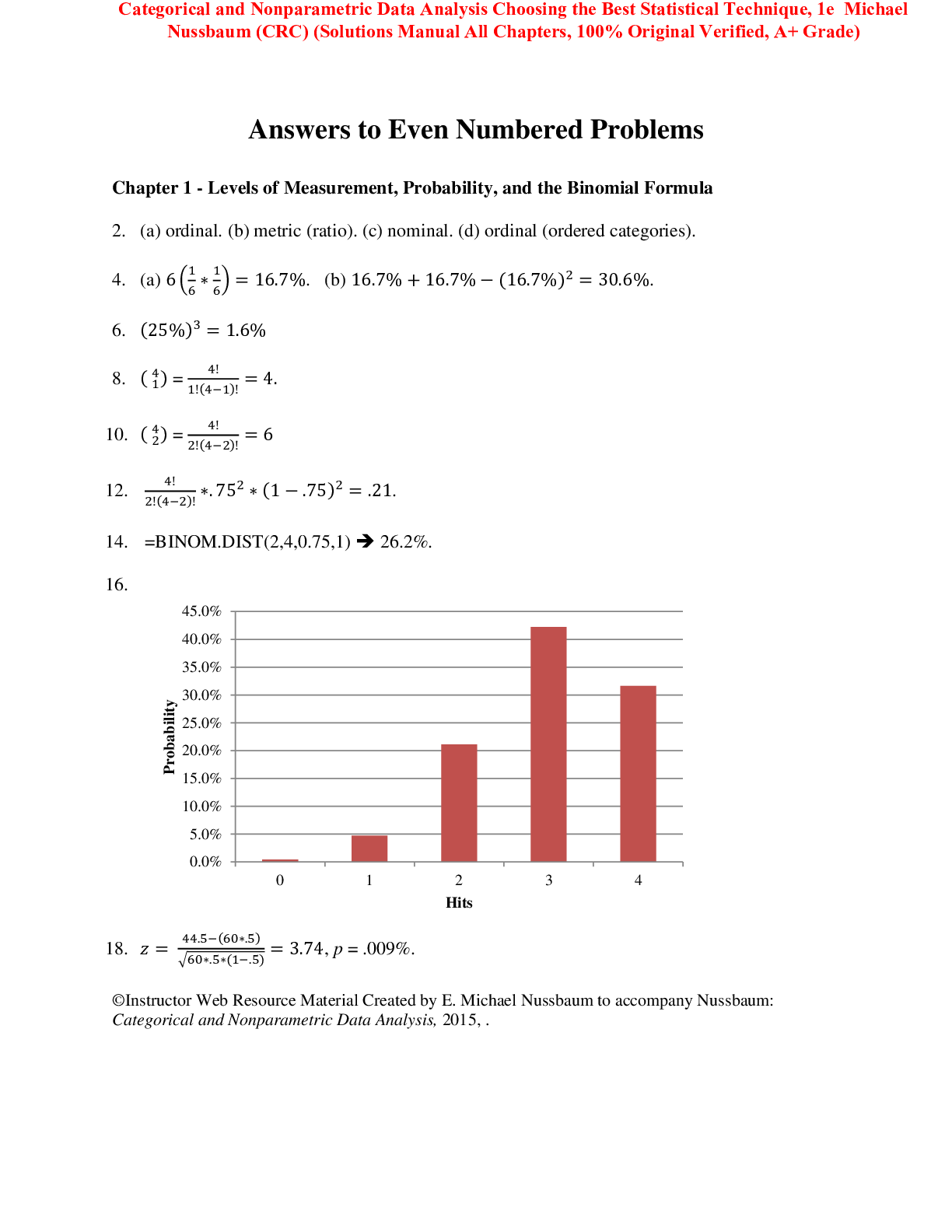





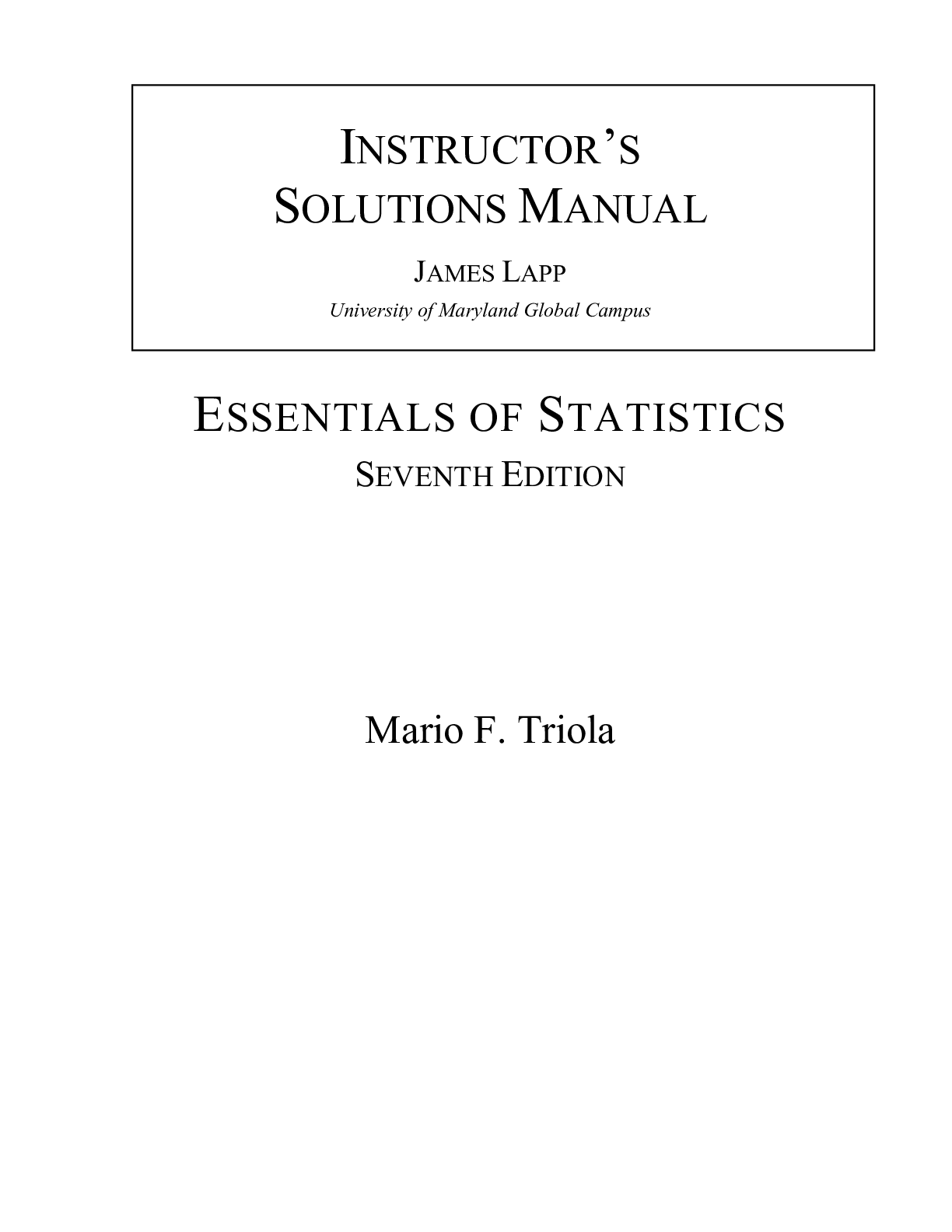
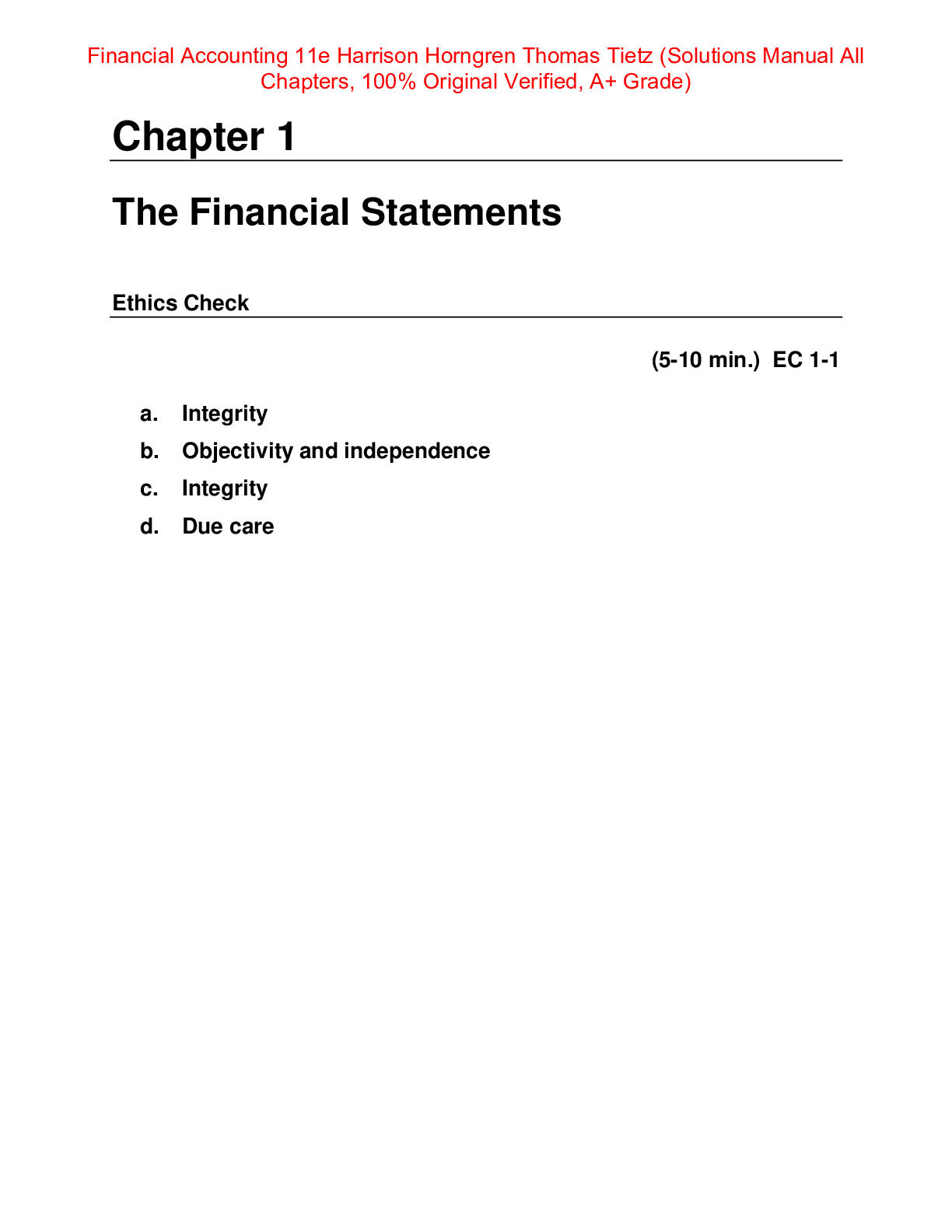





 2e Peter Olver, Chehrzad Shakiban.png)
 2e Peter Olver, Chehrzad Shakiban.png)

